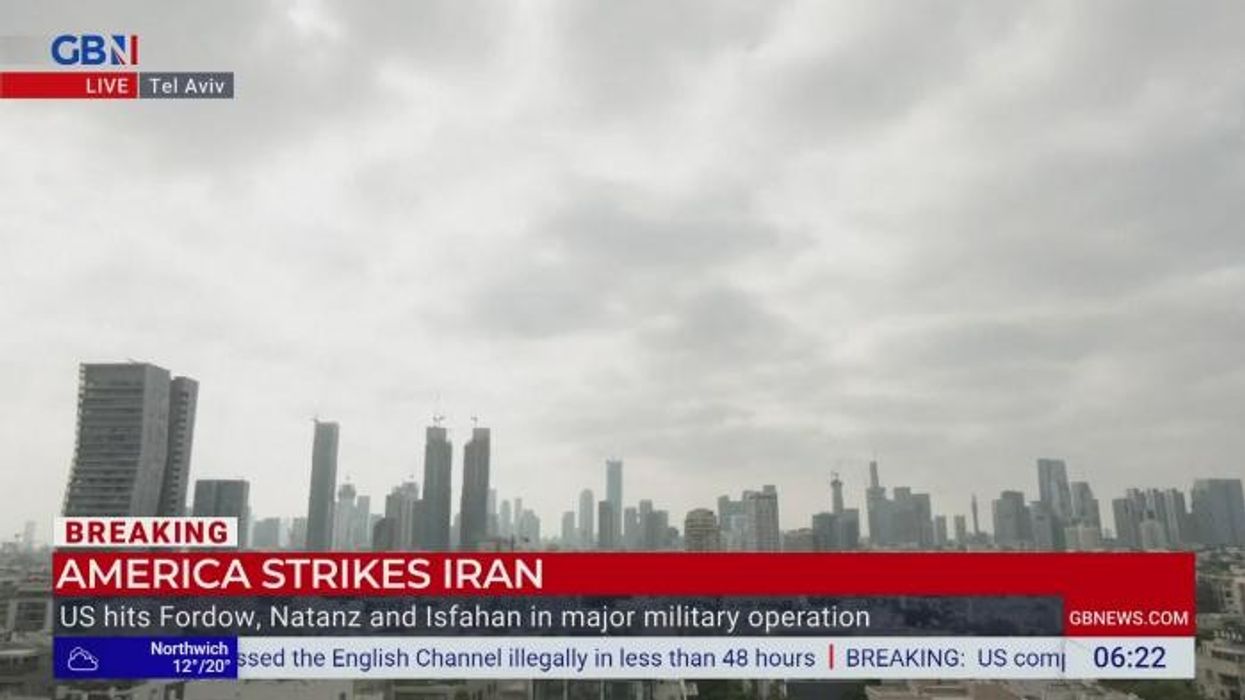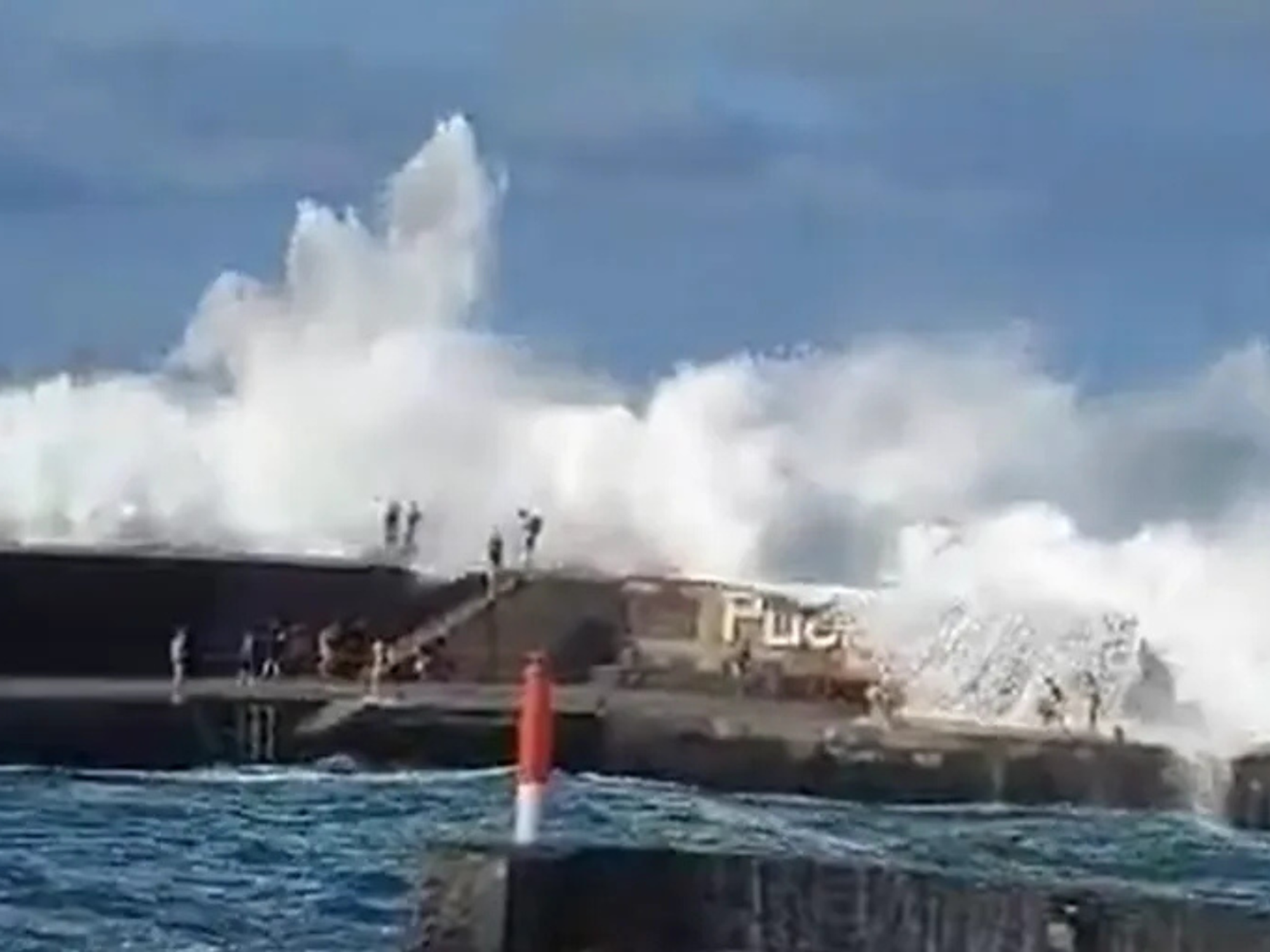Iran's nuclear sites MAPPED - Exactly where the US and Israel dropped 'full payload of bombs'
The US deployed its most powerful non-nuclear weapon to destroy the Iranian facilities
Don't Miss
Most Read
Trending on GB News
Three of the five main known facilities of Iran's nuclear programme were bombed overnight.
Fordow, Natanz, and Isfahan were all stuck in the strikes, which Israel said were conducted in "full coordination" with the US.
President Donald Trump revealed that a "full payload of bombs" was dropped on Fordow, the heavily fortified enrichment plant hidden in a mountainside that has been vital to Iran's nuclear ambitions.
The president later declared the facility was "gone".
The Fordow facility, officially named the Shahid Ali Mohammadi Nuclear Facility, lies approximately 60 miles south of Tehran near the holy city of Qom.
Built in secrecy starting in 2006, the site was only disclosed to the International Atomic Energy Agency (IAEA) in 2009 after Western intelligence agencies uncovered its existence.
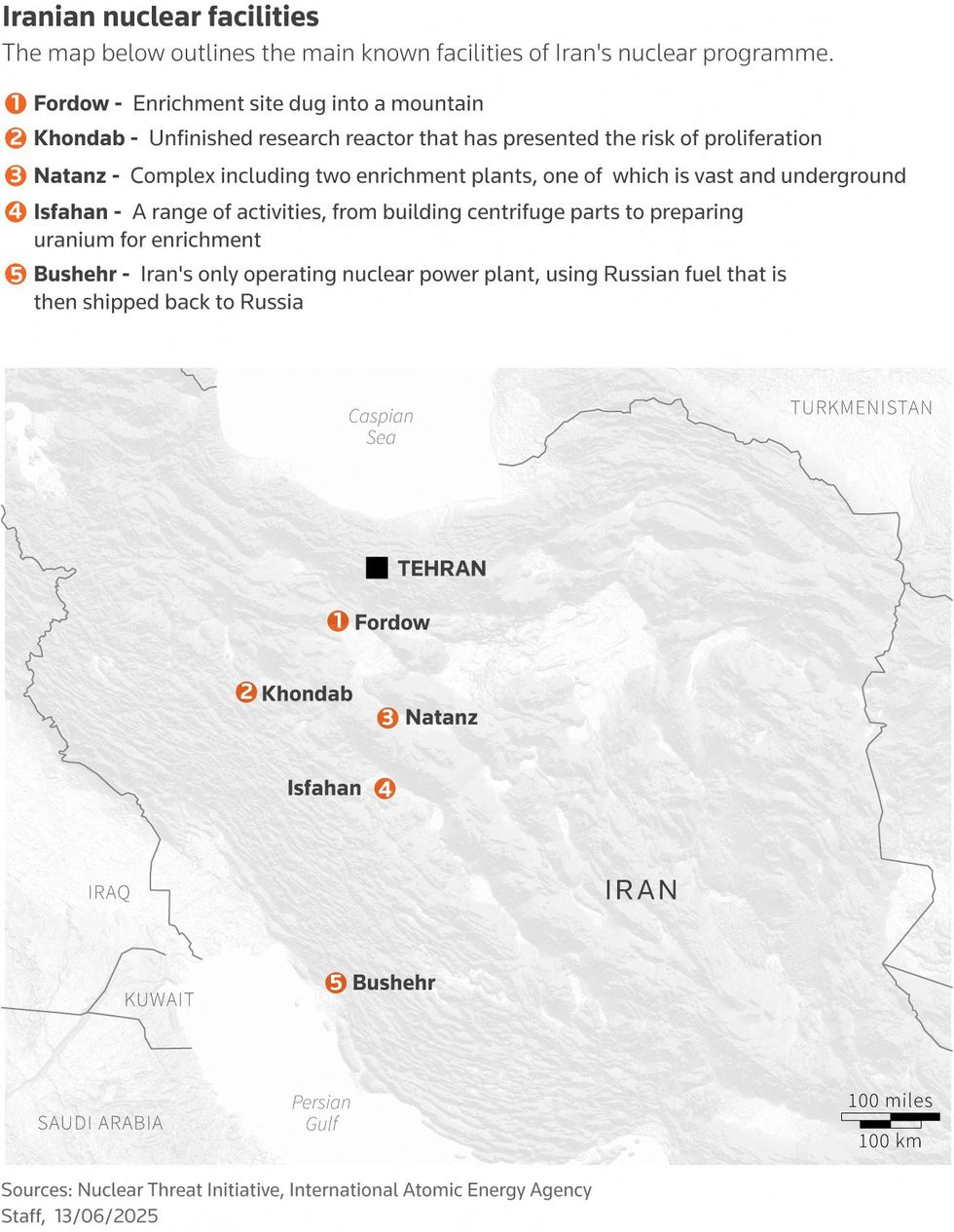
Fordow, Natanz, and Isfahan were all stuck in the strikes
|REUTERS
The uranium enrichment plant is buried 80 to 90 metres beneath the surface - deeper than the Channel Tunnel connecting Britain and France. Housed in a former Revolutionary Guard Corps base, it was designed to withstand heavy airstrikes.
Recent IAEA reports indicated Iran had increased enrichment to 60 per cent at Fordow, with the facility containing 2,700 centrifuges.
The Institute for Science and International Security warned Iran could convert its current stock into enough weapon-grade uranium for nine nuclear weapons in three weeks.
Natanz, located about 250 kilometres south of Tehran, is considered Iran's largest uranium enrichment facility.
The nuclear complex is used to develop and assemble centrifuges for uranium enrichment, a key technology that converts uranium into nuclear fuel.
The site features six above-ground buildings and three underground structures, two of which can accommodate 50,000 centrifuges, according to the Nuclear Threat Initiative (NTI). The Pilot Fuel Enrichment Plant at Natanz has been operational since 2003.
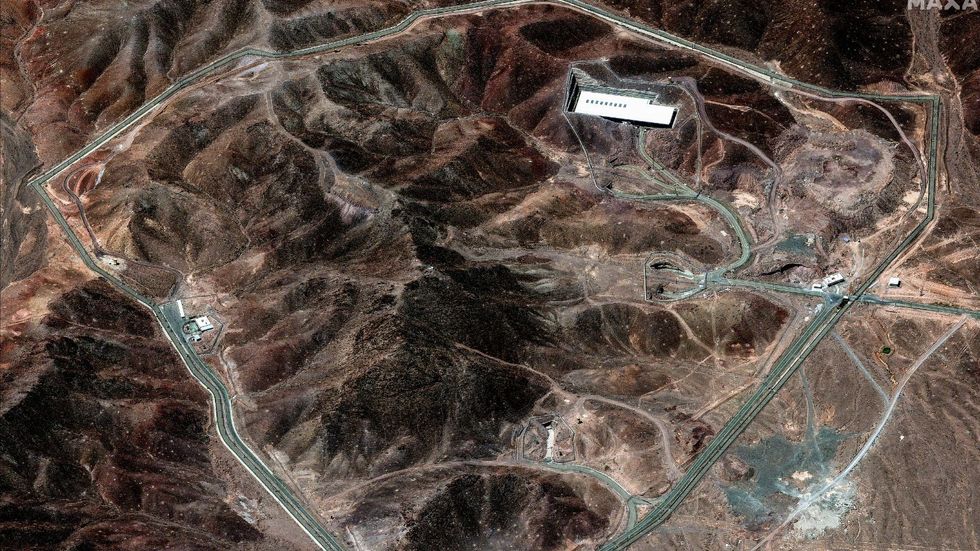
The Fordow facility's uranium enrichment plant is buried 80 to 90 metres beneath the surface - deeper than the Channel Tunnel connecting Britain and France
|REUTERS
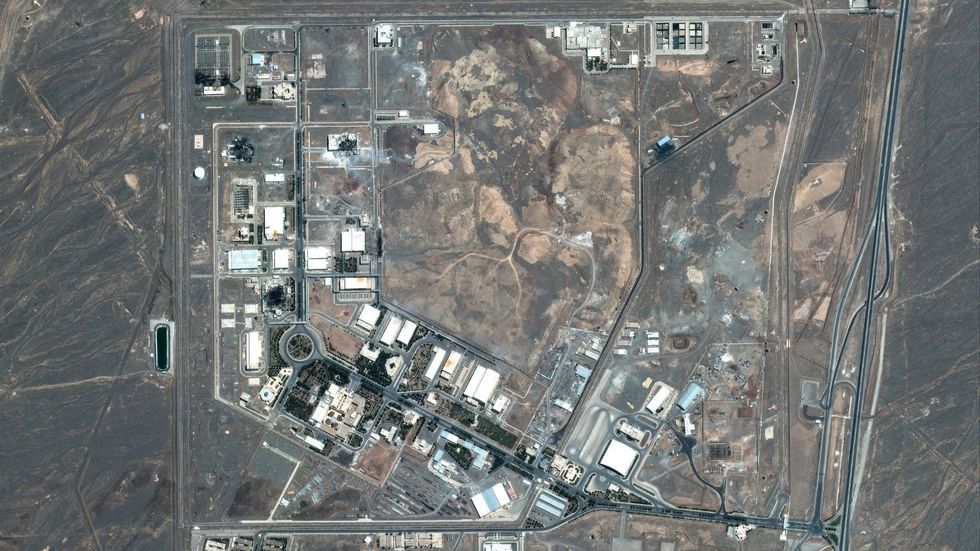
Natanz, located about 250 kilometres south of Tehran, is considered Iran's largest uranium enrichment facility.
|REUTERS
Prior to the US strikes, Iran had been enriching uranium at the facility up to 60 per cent purity, according to the International Atomic Energy Agency. Weapons-grade uranium requires 90 per cent enrichment.
The site had previously been targeted in Israel's initial attack on Iran, with satellite analysis showing strikes destroyed the above-ground portion of the enrichment plant.
Isfahan, located in central Iran, houses the country's largest nuclear research complex. The facility was constructed with Chinese support and opened in 1984, according to the Nuclear Threat Initiative.
The complex employs 3,000 scientists and is "suspected of being the center" of Iran's nuclear programme, the NTI reports.
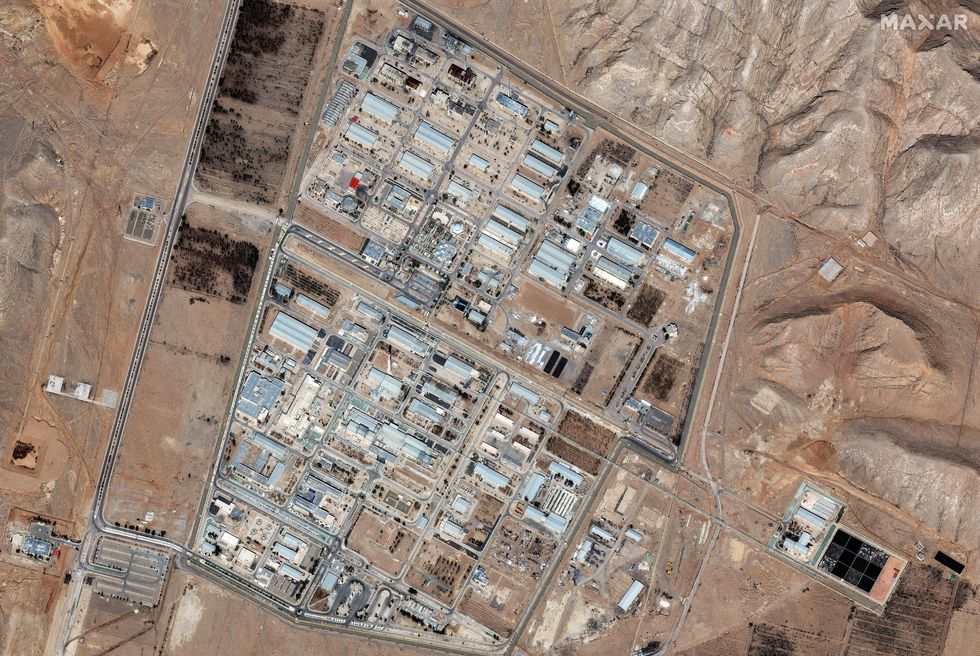
Isfahan has played a crucial role in Iran's nuclear development since its inception four decades ago
|REUTERS
Isfahan operates three small Chinese-supplied research reactors, alongside a conversion facility, fuel production plant, zirconium cladding plant, and various other facilities and laboratories.
The site has played a crucial role in Iran's nuclear development since its inception four decades ago. Its extensive research capabilities and production facilities have made it a key target in efforts to dismantle Iran's nuclear programme.
The US deployed its most powerful non-nuclear weapon to destroy the Iranian facilities, particularly the deeply buried Fordow site.
The GBU-57 Massive Ordnance Penetrator, weighing 13,000 kilograms, can penetrate approximately 18 metres of concrete or 61 metres of earth before detonating, according to experts.
Only the United States possessed weaponry capable of reaching Fordow's underground halls.
The massive ordnance was considered the only bomb that could potentially destroy the facility, though analysts had previously warned that even these weapons might not guarantee success given Fordow's extreme depth beneath the mountain surface.
More From GB News


